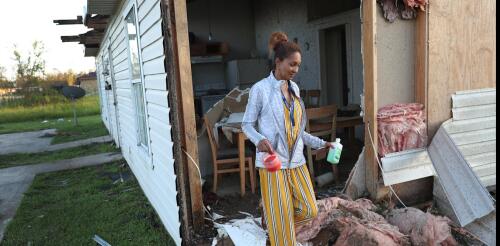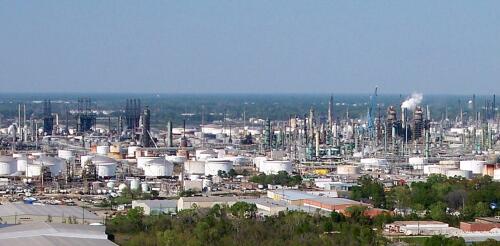Louisiana
Most Americans will remember 2020 as the year when the pandemic changed everything. But for Lake Charles, Louisiana, and its neighbors along the Gulf Coast, it was also the year of record-setting disasters, when “once-in-a-lifetime” storms hit in such rapid succession that their impacts blurred together. A recent National Academies consensus study I worked on looked into the compounding disasters that the region faced – both physical and socioeconomic – as storm after storm arrived during the pandemic with little time for recovery. It concludes that Lake Charles’ experiences could be a harbinger of what’s to come in a warming world unless the nation fundamentally rethinks its disaster preparedness, response and recovery strategies. Lake Charles’ compounding disasters Hurricane Laura made landfall near Lake Charles on Aug. 27, 2020, as a powerful Category 4 storm, with wind speeds exceeding those that local building codes were designed...
Climate change is threatening America’s water infrastructure as intensifying storms deluge communities and droughts dry up freshwater supplies in regions that aren’t prepared. Severe storms that swept through the South in April 2024 illustrated some of the risks: In New Orleans, rain fell much faster as the city’s pumps could remove it. A water line broke during the storm near Hattiesburg, Mississippi. Other communities faced power outages and advisories to boil water for safety before using it. We study infrastructure resilience and sustainability and see a crisis growing, particularly in the U.S. Southeast, where aging water supply systems and stormwater infrastructure are leaving more communities at risk as weather becomes more extreme. Neighborhoods across the New Orleans area flooded on April 10 as the region’s pumps couldn’t keep up with the rainfall. Credit: Reed Timmer. To find the best solutions and b...
Billions of federal tax dollars will soon be pouring into Louisiana to fight climate change, yet the projects they’re supporting may actually boost fossil fuels – the very products warming the planet. At issue are plans to build dozens of federally subsidized projects to capture and bury carbon dioxide from industries. On the surface, these projects seem beneficial. Keeping carbon dioxide out of the atmosphere prevents the greenhouse gas from fueling climate change. In practice, however, this may lead to a net increase in fossil fuel production and more emissions. That’s because many of these carbon capture projects will be handling emissions from facilities that rely on oil and natural gas – in fact, many of the projects are tied to major oil and gas companies through subsidiaries. Under new federal rules, the projects can receive generous tax subsidies. The more carbon dioxide the factories produce and capture, the more federal money the projects can r...


